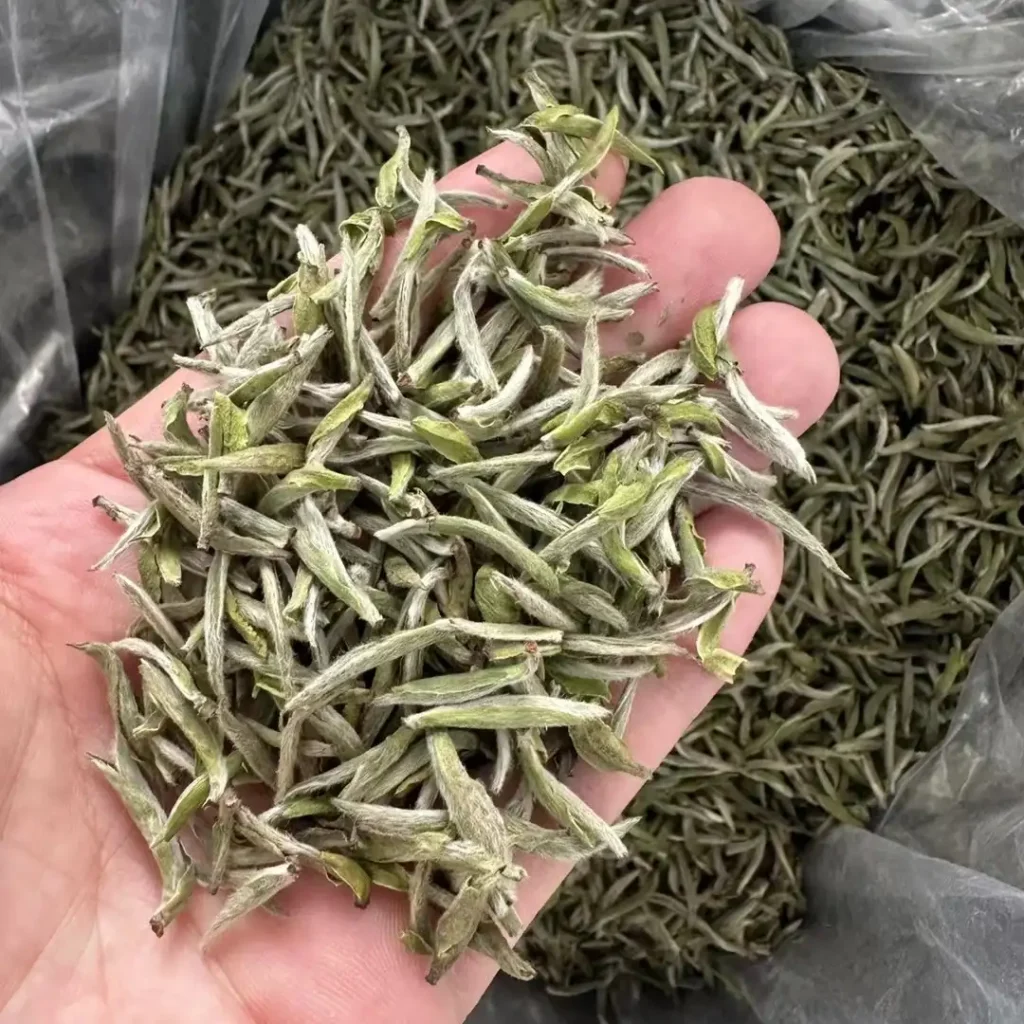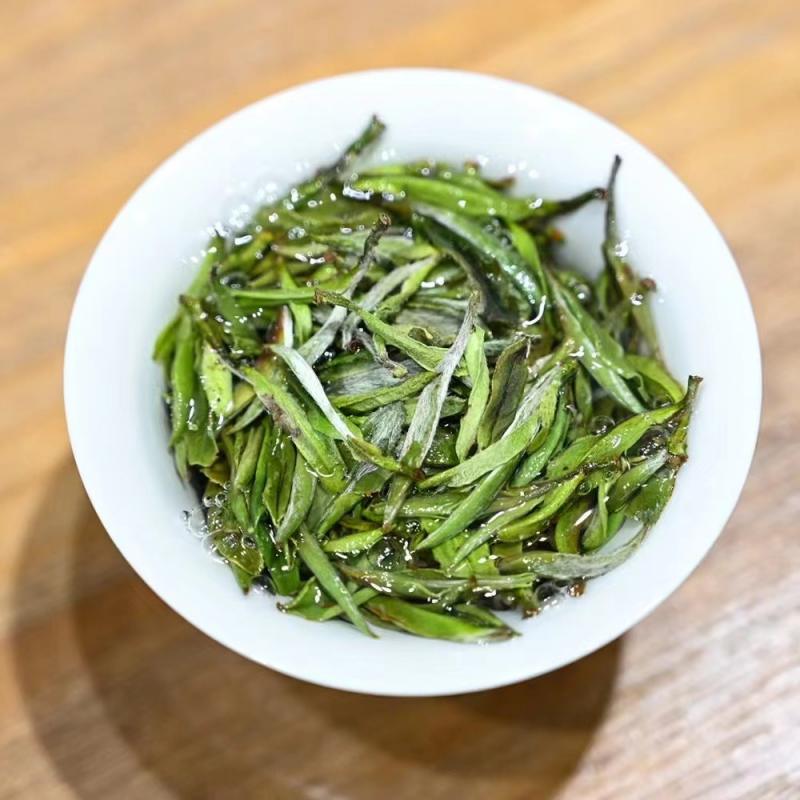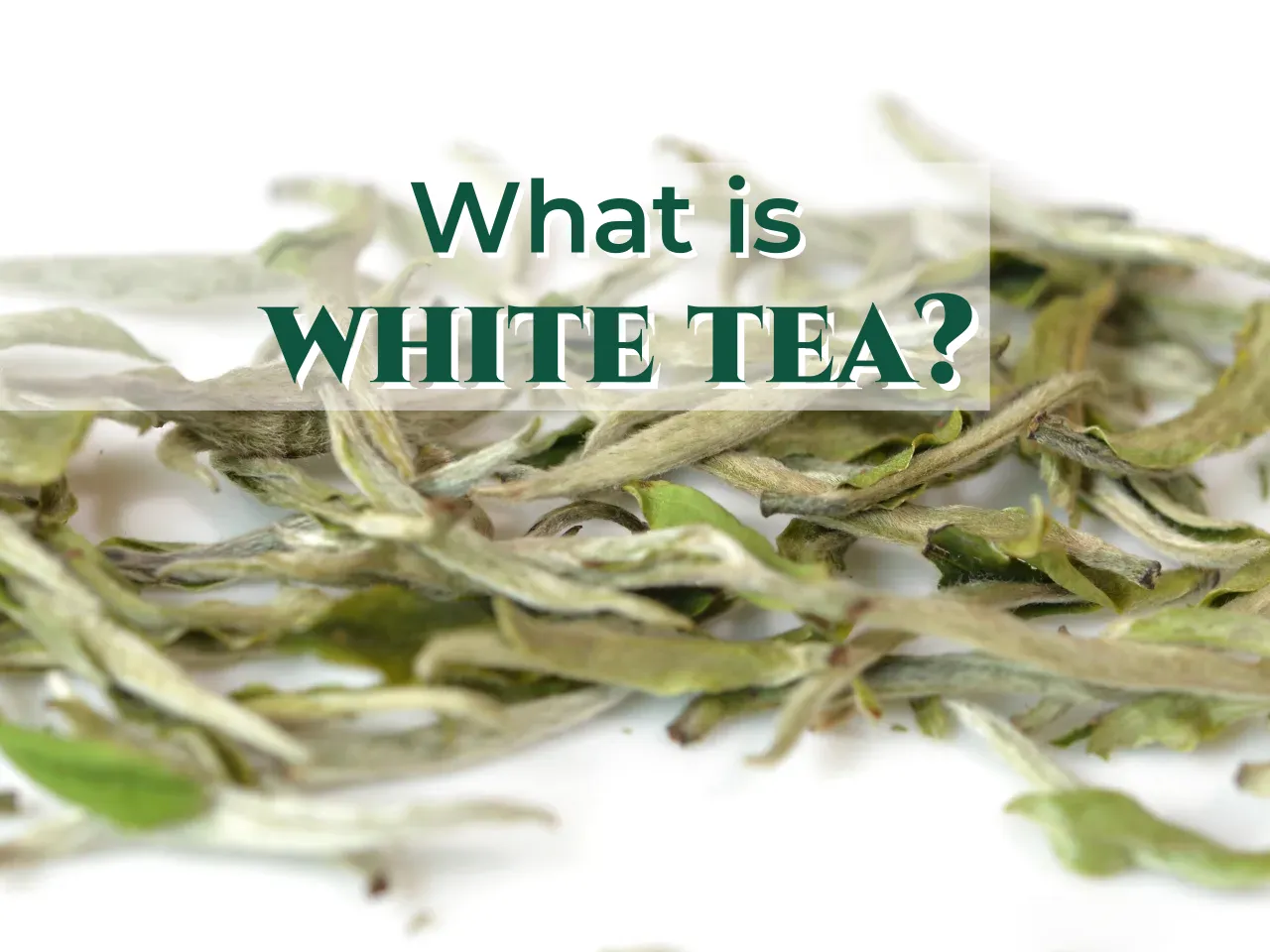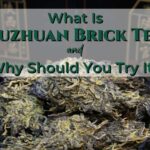White tea, a gem in Chinese teas, is renowned for its subtle flavors, minimal processing, and numerous health benefits. This exquisite beverage has captivated tea enthusiasts worldwide with its delicate aroma and gentle taste. In this comprehensive guide, we’ll explore the nuances of white tea, including popular varieties like White Peony and Shou Mei, and uncover why this tea holds a special place in the hearts of connoisseurs.
The Origins and Production of White Tea

White tea originates from the Fujian province of China, where it has been cultivated for centuries. White tea undergoes minimal processing, preserving its natural essence, unlike other tea types. The name “white tea” comes from the silvery-white hairs on the Camellia sinensis plant’s unopened buds, which give the tea leaves a whitish appearance.
The production of white tea involves carefully plucking the youngest buds and leaves, typically during the early spring harvest. These tender shoots are then allowed to wither naturally, preserving their delicate flavors and beneficial compounds. This gentle processing method results in a tea closest to the plant’s natural state, making white tea a favorite among purists and health-conscious individuals.
White tea’s unique processing method contributes to its high levels of polyphenols and catechins, potent antioxidants linked to various health benefits. These compounds support heart health, boost immune function, and potentially aid in weight management.
Exploring White Tea Varieties: White Peony and Shou Mei

While several types of white tea exist, two varieties stand out for their popularity and distinct characteristics: White Peony and Shou Mei.
White Peony (Bai Mu Dan): White Peony is a premium white tea made from one bud and two leaves. Its name comes from the way the leaves resemble peony flowers when brewed. Compared to other white teas, White Peony offers a fuller body and slightly more assertive flavor, with notes of honey, chestnut, and a subtle floral aroma. The liquor has a pale golden hue and a smooth, refreshing taste that lingers on the palate.
White Peony is prized for its balance of flavor and health benefits. It contains a higher concentration of antioxidants than other teas, making it a popular choice for those seeking to boost their overall well-being. The tea’s gentle caffeine content provides a mild energy lift without the jitters often associated with coffee or stronger teas.
Shou Mei: Shou Mei, which translates to “longevity eyebrow,” is another beloved white tea variety. It is made from more mature leaves than White Peony, resulting in a darker color and a fuller-bodied flavor profile. Shou Mei offers a rich, earthy taste with subtle, sweet, and nutty undertones.
This robust white tea is often compared to lighter oolong teas in flavor intensity. Shou Mei’s unique character comes from including larger leaves and sometimes even small stems, contributing to its complex taste. Despite its more pungent flavor, Shou Mei retains the characteristic smoothness and low astringency associated with the products.
Both White Peony and Shou Mei showcase the versatility of white tea, appealing to different palates while maintaining the essence of this revered tea category.
The Art of Brewing and Enjoying White Tea

Brewing white tea is an art that requires attention to detail to fully appreciate its delicate flavors. Here are some tips to enhance your tea experience:
- Water Temperature: The brewing temperature of white tea is 95-100 degrees Celsius for Shoumei and 90-95 degrees Celsius for White Peony.
- Steeping Time: White tea benefits from a longer steeping time than other teas. For the first infusion, steep for 4-5 minutes. Subsequent infusions can be shorter, around 2-3 minutes. This allows the leaves to unfurl slowly, releasing their flavors gradually.
- Leaf-to-Water Ratio: Use about 2 grams of tea leaves per 8 ounces (240 ml) of water. Adjust this ratio based on your personal taste preferences.
- Multiple Infusions: High-quality white teas can be steeped multiple times, with each infusion revealing new layers of flavor. Don’t hesitate to reuse your leaves 2-3 times, adjusting the steeping time as needed.
- Teaware: White tea is traditionally brewed in a gaiwan or a glass teapot. These vessels allow you to observe the leaves as they unfurl and appreciate the tea’s pale, golden liquor.
When tasting white tea, take a moment to appreciate its subtle aromatics before sipping. Notice the tea’s light body and how the flavors evolve on your palate. White tea often presents delicate notes of honey, melon, cucumber, or fresh grass, depending on the specific variety and growing conditions.
Pairing white tea with food can enhance your culinary experience. Its gentle flavor complements light dishes such as seafood, salads, and mild cheeses. White tea also pairs wonderfully with fruits, particularly pears, and peaches, which can accentuate its natural sweetness.
For those new to white tea, starting with a variety like White Peony can provide a good introduction to the category’s characteristics. As you develop your palate, you may find yourself drawn to the more robust flavors of Shou Mei or even rarer white tea varieties.
Conclusion
White tea is a testament to the beauty of simplicity in the tea world. Its minimal processing allows the true character of the tea plant to shine through, offering a pure and unadulterated tea experience. As you delve deeper into the world of white tea, you’ll discover a beverage that not only tantalizes the taste buds but also offers tranquility in our fast-paced world.
We serve thousands of satisfied tea enthusiasts in our tea house each year, and we’re excited to share these exceptional teas with tea lovers worldwide at Orientaleaf.com.

References
- Wan, X., Li, D., & Zhang, Z. (2008). White tea and its manufacture. Food Research International, 41(2), 143-151.
- Rusak, G., Komes, D., Likić, S., Horžić, D., & Kovač, M. (2008). Phenolic content and antioxidative capacity of green and white tea extracts depending on extraction conditions and the solvent used. Food Chemistry, 110(4), 852-858.
- Almajano, M. P., Carbó, R., Jiménez, J. A. L., & Gordon, M. H. (2008). Antioxidant and antimicrobial activities of tea infusions. Food Chemistry, 108(1), 55-63.
- Chen, Z. M., & Lin, Z. (2015). Tea and human health: biomedical functions of tea active components and current issues. Journal of Zhejiang University-SCIENCE B, 16(2), 87-102.

